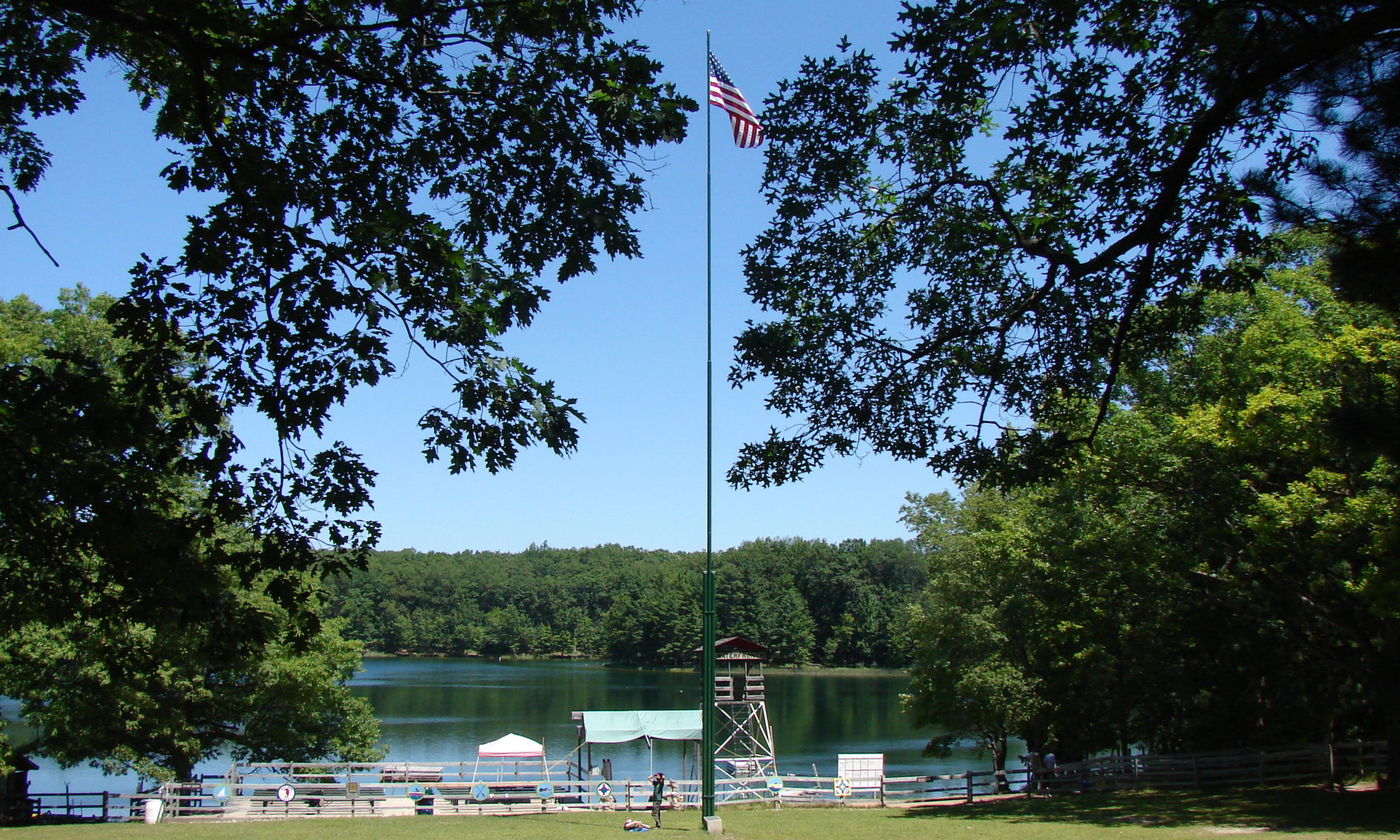 Developing leadership in others is always a challenge, but developing leadership in youth is particularly so. Young people haven’t acquired the seasoned reasoning ability that many adult leaders have. As adult leaders in Scouting, we must recognize this and meet youth on their level.
Developing leadership in others is always a challenge, but developing leadership in youth is particularly so. Young people haven’t acquired the seasoned reasoning ability that many adult leaders have. As adult leaders in Scouting, we must recognize this and meet youth on their level.
One of my favorite web authors is Dan Rockwell, who writes the blog Leadership Freak. He appears several times a week with short, concise posts that can help clarify a particular topic relating to leadership in corporate society. Â I often find parallels in what he writes to the challenge of developing leadership in our youth within Scouting – indeed, Dan has written me back to say he’s very supportive of the work that we Scouters do to develop future leaders. A recent post discussed the strengths and foibles of youthful leaders in an organization. Since this practically describes Scouting to a “T”, I thought I’d highlight some of the ideas in his post and add some comments to help you put them in a Scouting context.
Dan recently asked Facebook readers to name some of the mistakes that young leaders make. I’m sure you’ve seen many of these before in your Scouts. Here are a few of the issues his readers cite, along with my observations:
- Reluctance to lead. Young leaders may not be able to believe that they are capable of leading and show it through reluctance to take on a leadership role. Through clearly-defined expectations and regular evaluation, we can overcome that reluctance.
- Assuming dissent is resistance. While it’s almost expected that boys will put each other down, our youth leaders need to realize that others may have a different take on the solution to a problem or the way to proceed. For instance, if while on a hike a Scout tells his patrol leader he thinks they should take a different trail, he probably has a good reason besides a desire to stir the pot.
- Hiding ignorance. Most of our boy leaders have never done this before, so it’s natural to expect that they don’t know what they are doing. It’s important to be on the lookout for signs that they may not have a grasp on their responsibilities, so a gentle nudge through some well-thought-out questions would be helpful.
- Not asking. This ties in with the last point. Anticipate that your youth leaders may not ask for help, for fear of looking stupid, and be prepared with questions that will help lead him in the right direction. A skillful Scoutmaster or assistant Scoutmaster can do this without the Scout even realizing the intent.
- Being arrogant. Boys love to brag and show off in front of their friends. Empowered with a position of responsibility, they may show a tendency to “throw their weight around.” Recognize when this is happening and be ready to de-fuse the situation.
- Assuming collaboration just happens. The best-laid plans are useless unless they are communicated. Boys tend to plan without considering the steps needed to put their plans in place. Help them to learn that they need to explicitly make sure everyone in their patrol knows the plan and what their role is.
- Inconsistency. This just comes with the territory, and improves with time and experience. As long as no harm is being done, consider it as a sign the youth leaders are experimenting with different ways of doing things. This is their place to try, fail and improve.
Please go and read Rockwell’s post. He gives several key points of what to teach young leaders and to equip them for success. Feel free to leave a comment here on how you can apply these thoughts to improving the leadership skills of your Scouts. As Dan reminds us in his post, remember:
The strength of youth is passion. Never quench it; always fuel it.
 A recent article aimed at the new committee chair listed a few things that I’ve found to be helpful when starting the job or any job in Scouting. But what are the actual responsibilities of the committee chair?
A recent article aimed at the new committee chair listed a few things that I’ve found to be helpful when starting the job or any job in Scouting. But what are the actual responsibilities of the committee chair?




